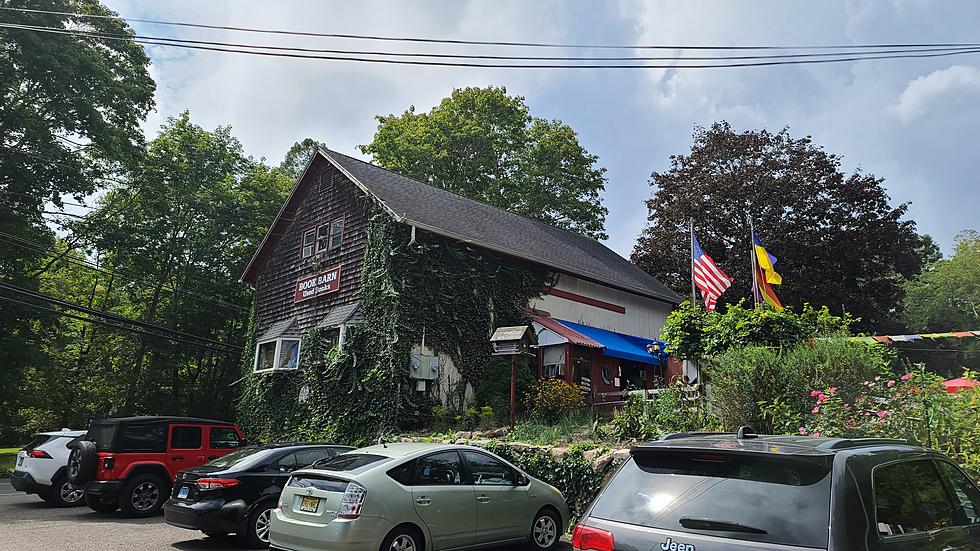
Local Photographer Captures First Signs Of Spring In Central New York
Have you seen these plump reddish-orange breasted birds looking for bugs, grubs, and worms? The robin is usually our first sign of spring.
The American Robin, we sure get excited to see them to see them this time of year. Some migrate back to the area from southern Canada, central Mexico and along the Pacific Coast. As you can imagine they're starving and searching for fat earthworms on lawns, golf courses, gardens, and pastures. It's awesome to wake up to their song first thing in the morning and gives us hope that spring will be here soon. But did you know plenty of American Robins don't migrate at all? Yeah, they hide out right here in the trees through the blizzards and storms of winter. Birdsluth.org says:
They survive by eating berries and shivering to keep warm. It’s a lack of food more than anything else that causes some robins to migrate further south for the winter. If they have enough food to survive, robins will sometimes stay up north despite the harsh winter weather.
From April - July, some of us will notice blue or speckled egg halves on the ground proving a robin's nest is near. The average robin will lay 3 to 5 eggs that will hatch 14 days later. They'll continue to do this 2 to 3 times over the summer, but only 25 % of the baby robins will live through the first year. Most robins will start to head south at the end of August so enjoy them while they're here.
Special thanks to Adam Kraszewski for photos and inspiration.
[Information from Wikipedia and Birdsluth.org]
Bonus Video:
More From 96.1 The Eagle


![47 Degrees In March Versus 47 Degrees In October [VIDEO]](http://townsquare.media/site/42/files/2015/03/Capture9.png?w=980&q=75)




